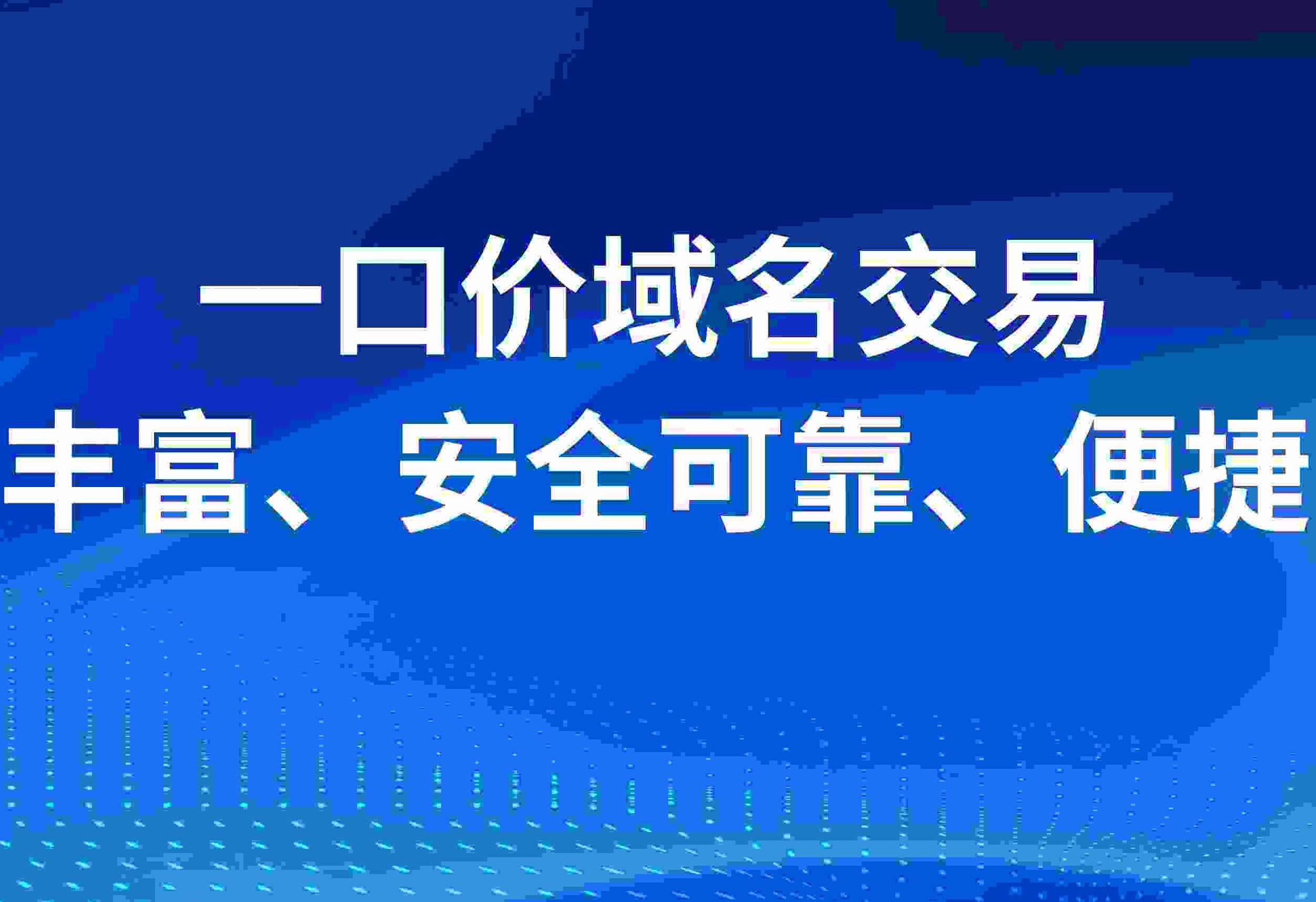品牌价值
域名与企业名称"长春飞思特科技有限公司"高度匹配,有助于建立品牌认知。
seo潜力
适合科技、软件、网络服务类企业使用,具有很高的商业开发价值。
投资价值
优质域名是稀缺资源,长期持有具有升值潜力。
联系方式
如果您对此域名感兴趣,请通过以下方式联系我们:
电话: 138-XXXX-XXXX
邮箱: 3128188888@qq.com
微信: 请扫描下方二维码添加

合作伙伴
以下是我们推荐的优质网站:
谷可茹
吴静怡
杨焱霖
上海正丽网络服务中心
义乌市钽玉网络科技工作室
黄骏
席佐贤
陈福图
河北志晟信息技术股份有限公司
海口秀英区颖怡臻选电子商务商行
山东昊通环保设备有限公司
许跃东
北京红色伟业文化传播有限公司
上海荔航网络科技有限公司
上海鹃莉文网络科技有限公司
祝玉林
厦门迅人九捷网络科技有限公司
海口市玮阔商贸有限公司
上海禄励纪商贸有限公司
海口琼山缩物百货商行
温州市鹿城区削卓网络技术服务部
上海竹玛贸易有限公司
曹焱杰
南京苏蓝邦信息科技有限公司
河北默创电子商务有限公司
河南圣驰新材料科技有限公司
佛山市思盾包装制品有限公司
高成浩
义乌市澄玛电子商务商行
上海蝶侃科技有限公司